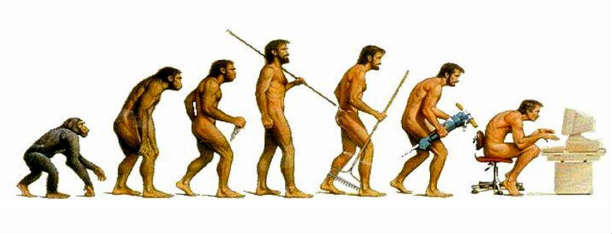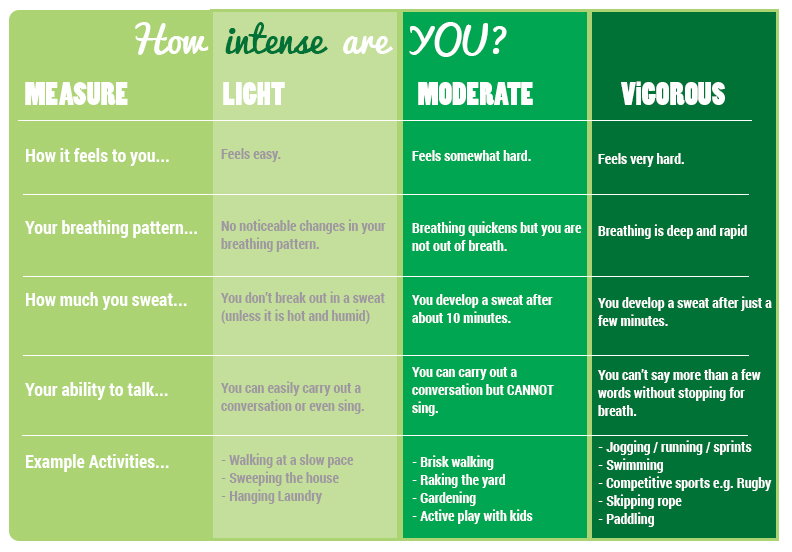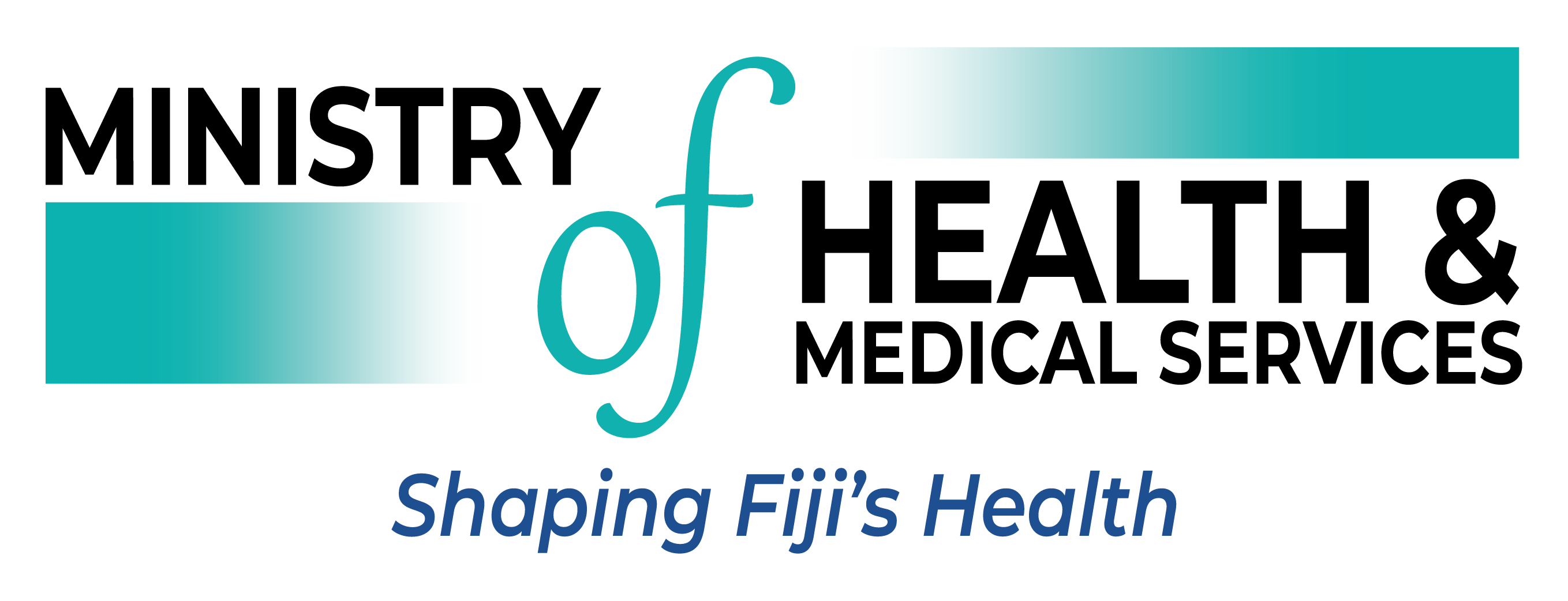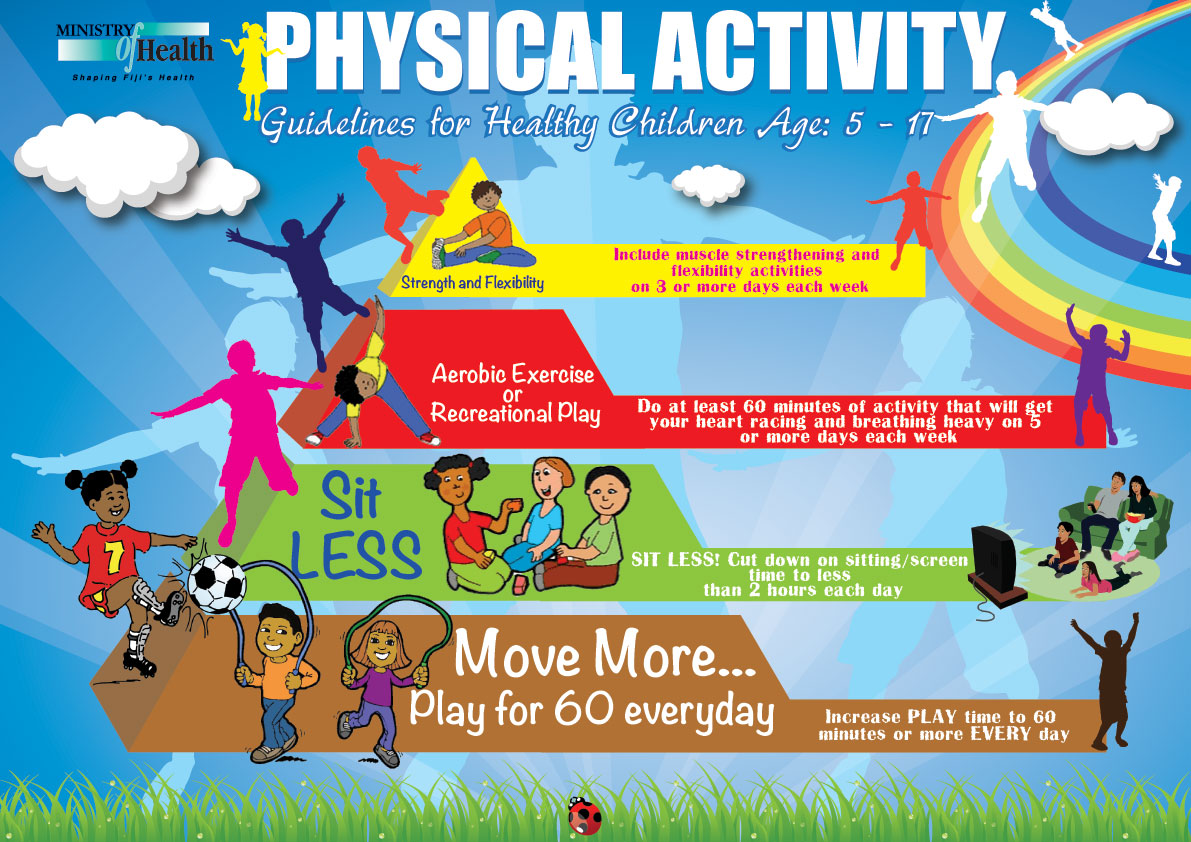Physical activity is any bodily movement that results in energy expenditure. Everyone needs to be active each day to maintain a healthy lifestyle. It is great for your body and your mind. What does this mean? Get up! Move! Physical activity can be done anywhere, anytime, and requires no special clothes or equipment. It can be sport and recreation, gardening, farming, housework, cycling, walking from home to town or even a physical job that has you moving a lot.
What are the Benefits of Physical Activity?
There are so many benefits of regular physical activity at every age, such as;
- Healthy body weight and positive body image
- Weight loss
- Improving strength, stamina & flexibility
- It helps keep your mind clear by improving cognitive function
- Gives you stronger bones by increasing bone density
Physical activity releases many endorphins (natural chemicals that make you feel good) so Physical Activity is not just great for your body, but also for your mind.
- Improved quality of sleep
- Improved self-esteem
- Lowers stress
- Boosts mood
Physical Activity also lowers your risk of premature death and many diseases and conditions such as;
- Heart disease
- Stroke
- Type 2 diabetes
- High blood pressure
- High blood cholesterol
- Many types of cancer such as colon, breast, lung & endometrial cancers
- Hip fractures, falls in older adults
- Depression and anxiety, abdominal obesity
So if you are not being active enough, your risk of the above conditions is much higher.
Are you sitting too much?
(The dangers of a sedentary lifestyle)
In our modern lifestyles, we are sitting far too much, in front of the TV, at our desk at work and school, on the bus. Our bodies were not meant to sit this much (especially for long periods of time!) This is known as a ‘Sedentary (sitting) lifestyle.’ This kind of lifestyle puts you at greater risk of the above conditions as well.  Decreasing your sitting time Though sitting is sometimes unavoidable, there are lots of ways that you can reduce your sitting time and increase your movement at the same time;
Decreasing your sitting time Though sitting is sometimes unavoidable, there are lots of ways that you can reduce your sitting time and increase your movement at the same time;
- Get off the bus early and walk the rest of the way
- Take the stairs instead of the lift
- Do housework quicker, to music (to raise your heart rate)
- Spend time with your family walking instead of watching TV
- Enjoy the beauty of Fiji by getting out and experiencing it!
Even these small increases in physical activity can produce health benefits. It is recommended that you should sit for no more than two hours at a time. Tucake…Toso…every two hours! Sitting for more than 6 hours out of your day increases your chances of dying 15 years early by 40% compared to those that only sit 3 hours out of the day.
What exercise should I be doing?
Types of Exercise To get the right balance of exercise, there are 3 different types you should be aiming to do.
There are 3 levels of intensity when it comes to aerobic exercise.
1. Aerobic Exercise
(Cardiovascular)
Aerobic activities increase the need for oxygen. When done regularly and for extended periods of time, aerobic activity strengthens the heart and improves the body’s ability to deliver oxygen to all its cells. Engaging routinely in aerobic activities, builds endurance of the cardiovascular system (heart & lungs). Examples of Aerobic/Recreational Activities Netball, Volleyball, Cycling, Rugby, Soccer, Basketball, Swimming, Running, Track & field, Dancing, Brisk walking, Playing tag (He), School yard games (Pani), Skipping rope, Riding a bike, Hula hooping 
- You should aim for mainly moderate, and some vigorous activities when you do aerobic exercise
- For extra health benefits, such as losing weight, do at least 60 minutes of moderate, aerobic physical activity most, if not all days
2.Strength training
Strength is the ability to apply force against resistance, the ability to move or lift a maximum weight. Strengthening activities improve bone density, tone muscle, and boost stamina. Examples of strengthening Activities Push-ups, Stomach crunches, pull-ups, Climbing, Doing handstands and cartwheels, wrestling around with each other, Use textbooks/dumbbells/resistive bands for added weight, squats, lunges, jumps
3.Flexibility
Range of motion in joints. Stretching activities help improve flexibility, allowing muscles and joints to bend and move easily through their full range of motion. Examples of Flexibility Activities Yoga, Splits, Cartwheels, Jungle gym, Monkey bars, Karate, Pilates, Tai-chi GUIDELINES Fiji has a set of guidelines in place for how much physical activity you should be doing at every age for healthy living. No matter how old or young you are, every person should be exercising daily.
Physical Activity Guidelines
(Age 5 – 17)
Guidelines for Healthy Children (5-17): SIT LESS & MOVE MORE
Guideline 1: MOVE MORE! Increase PLAY time to 60 minutes or more EVERY day!
Guideline 2: SIT LESS! Cut down on sitting time to less than two hours each day. Such as watching TV, playing video games, sitting in class, internet usage.
Guideline 3: Do at least 60 minutes of activities that will get your heart racing and breathing heavy (moderate – vigorous) on 5 or more days each week. Such as aerobic exercises or recreational activities -He/Tag, Playing Pani, swimming, skipping rope, hopscotch, brisk walking, dancing.
Guideline 4: Include muscle strengthening and flexibility activities on 3 or more days each week. Such as strength and flexibility- Jungle gym, monkey bars, tree climbing, pushups, pull-ups, karate.
Guidelines for Healthy Adults
(Age 18-64)
The guidelines for adults are pretty simple, if you follow these rules, you are sure to be getting enough exercise. Remember, if you exercise more, you will encourage your children to exercise more, set a good example.
Guideline 1: If you are not physically active (moving much) it’s not too late to start now! Do regular physical activity and reduce sedentary (sitting) activities.
Guideline 2: BE ACTIVE EVERYDAY in as many ways as you can!.
Guideline 3: Do at least 30 minutes of MODERATE INTENSITY activity on 5 or more days each week.
Guideline 4: If you can, enjoy some regular VIGOROUS INTENSITY activity for extra health and fitness benefits.
Guidelines for Older healthy adults
(Age 65+)
Older adults should try to follow National Guidelines for Adults (18-64) and modify according to their level of ability. Exercise for Older People Older people should especially try and include everyday activities to improve their muscle and bone strength such as carrying shopping, climbing the stairs and gardening. You should also aim to do activities that maintain your balance, strength, and flexibility such as bowling, swimming, yoga, tai chi, walking and/or stretching. With age our bones weaken and we naturally become less balanced so it is very important to continue to work your muscles and your mind in order to maintain balance and strength. If you do not work your muscles, including the brain, than they will more quickly deteriorate or get weaker. Whatever your ability is, work within it and always be safe. If unsure about whether you can do something, consult with your local physiotherapist or be sure to bring a family member along when you first try it.
*Golden Rule – Move as Much as You Can, As Often As You Can, Within Your Ability!
Last Updated on 10 years by Publishing Team


